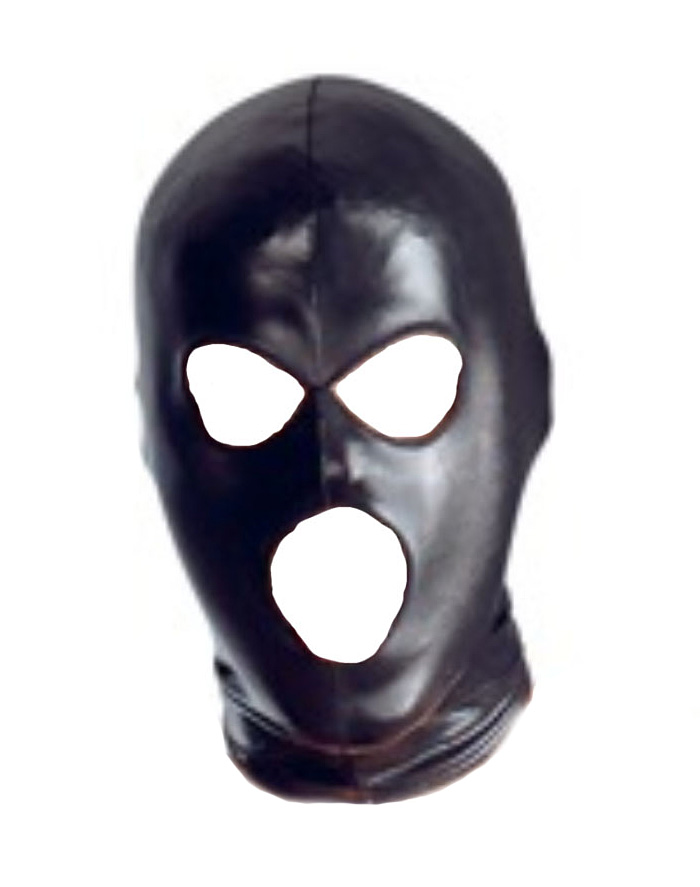
Large format view cameras (like the old wooden cameras that you see in cartoons with the hood draped over the photographer’s head) have always had the capability to tilt the front of the lens and even shift it higher or lower.

However, you need the lens to not be parallel if you’re after the miniature effect.

The lens doesn’t move, which is good because that would cause all the pictures to be out of focus. Wondering what all of that jargon means? Typically, your average camera lens is attached to the camera and the front of the lens is perfectly parallel to the sensor inside the camera. To make the miniature effect in-camera, you have to change the focal plane so that it’s no longer parallel to the film plane or sensor plane. Let’s look at how it can be done in-camera with large format view cameras and specialty lenses, and how you can make the look using PicMonkey’s tools. Because the camera is so close to the set, the depth of field is very shallow and only a portion of the set is in focus at once.īy blurring parts of an image and only leaving a slice of it in sharp focus, large objects can be made to look miniature.
#Hood head miniture tv#
Roger’s Neighborhood.” In the popular TV show, a camera moves along the street of a miniature set with houses and cars. When I think of the miniature effect, I’m reminded of “ Mr. Basically, it uses selective blur to make everything look like small models-only a slice of the photo is in sharp focus, and that makes our brains think that what we’re looking at is quite small. The miniature effect is a fun way to spice up your photos.


 0 kommentar(er)
0 kommentar(er)
